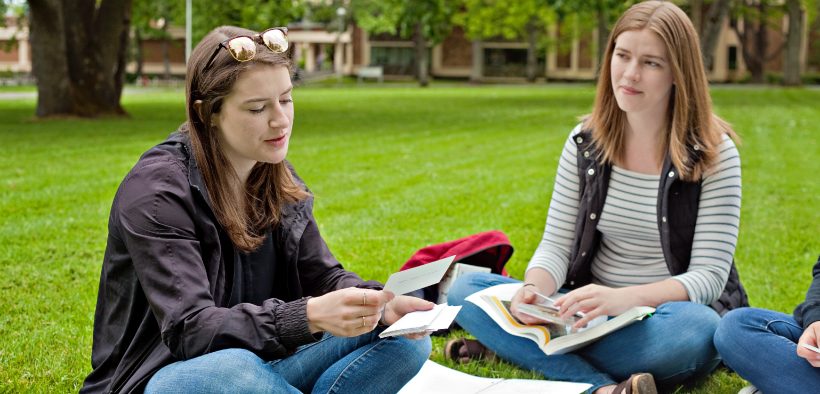This summary highlights an article in which Kornell and Bjork, educational psychologists, review findings mostly from their own research. Their work explores “self-regulated study,” which involves “decisions students make while they study on their own away from a teacher’s guiding hand” (p. 219). It’s a topic of concern to most teachers as many students do not study all that successfully. Much of what teachers know about how their students study they learn from talking with students and seeing the results of study efforts. The work reported in this article provides a useful empirical benchmark.
Related Articles
I have two loves: teaching and learning. Although I love them for different reasons, I’ve been passionate about...
Active learning is a mostly meaningless educational buzzword. It’s a feel-good, intuitively popular term that indicates concern for...
Perhaps the earliest introduction a student has with a course is the syllabus as it’s generally the first...
Generative AI allows instructors to create interactive, self-directed review activities for their courses. The beauty of these activities...
I’ve often felt that a teacher’s life is suspended, Janus-like, between past experiences and future hopes; it’s only...
I teach first-year writing at a small liberal arts college, and on the first day of class, I...
Proponents of rubrics champion them as a means of ensuring consistency in grading, not only between students within...









